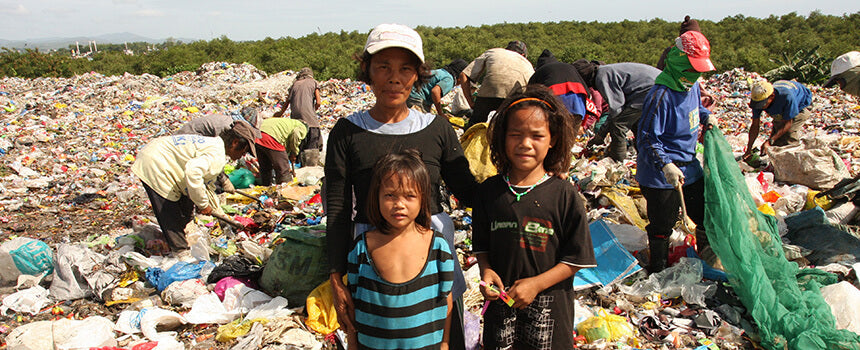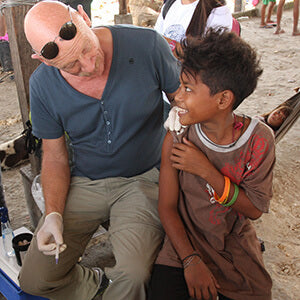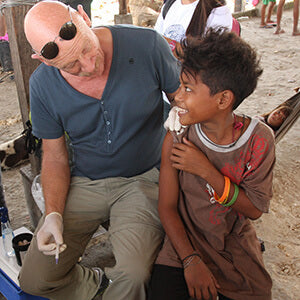Day 5
A tetanus vaccination for a garbage child in the Philippines
 Three pricks as lifesavers
Three pricks as lifesavers


Health care in the garbage dumps of Cebu City

need
Tetanus vaccinations for children and adolescents in Cebu City.
activity
German Doctors buys tetanus vaccine doses and syringes and vaccinates the children and young people on site.
Measurable performance
Number of children and adolescents who were able to receive basic immunization against tetanus.
Result
Approximately 2000 children and adolescents (6000 individual vaccinations, corresponding to 2000 children and adolescents vaccinated three times) are effectively protected against the usually fatal tetanus infection.
Systemically relevant impact
Fewer children die from the infectious disease. Children's standard of living and educational opportunities improve thanks to stable health.
background


The good deed
AboutPhilippines
Manila
Capital city
100 699 400
Population
2 863 USD
Gross domestic product
per capita per year

115
Human Development Index
(Human Development Index)



